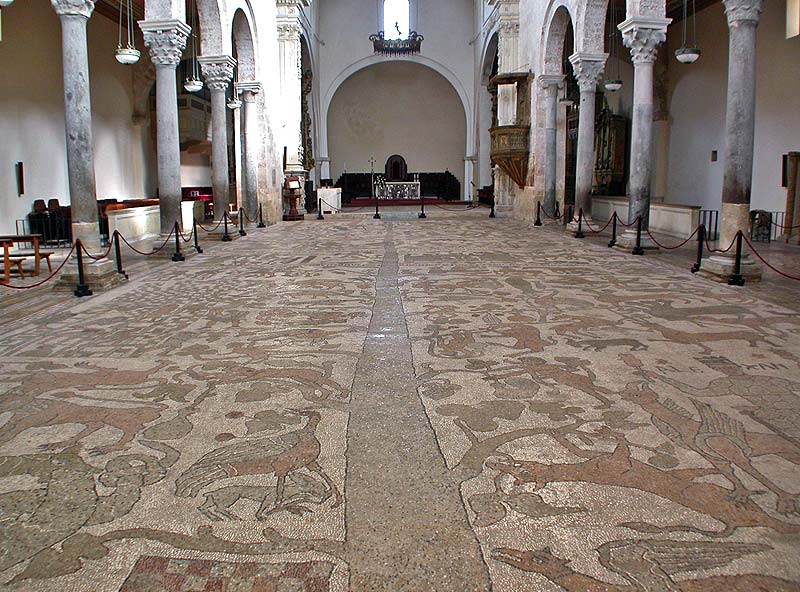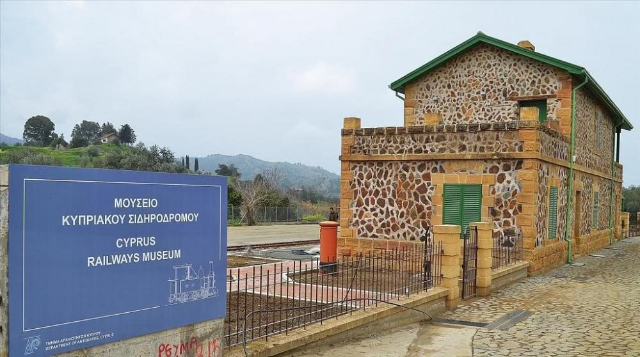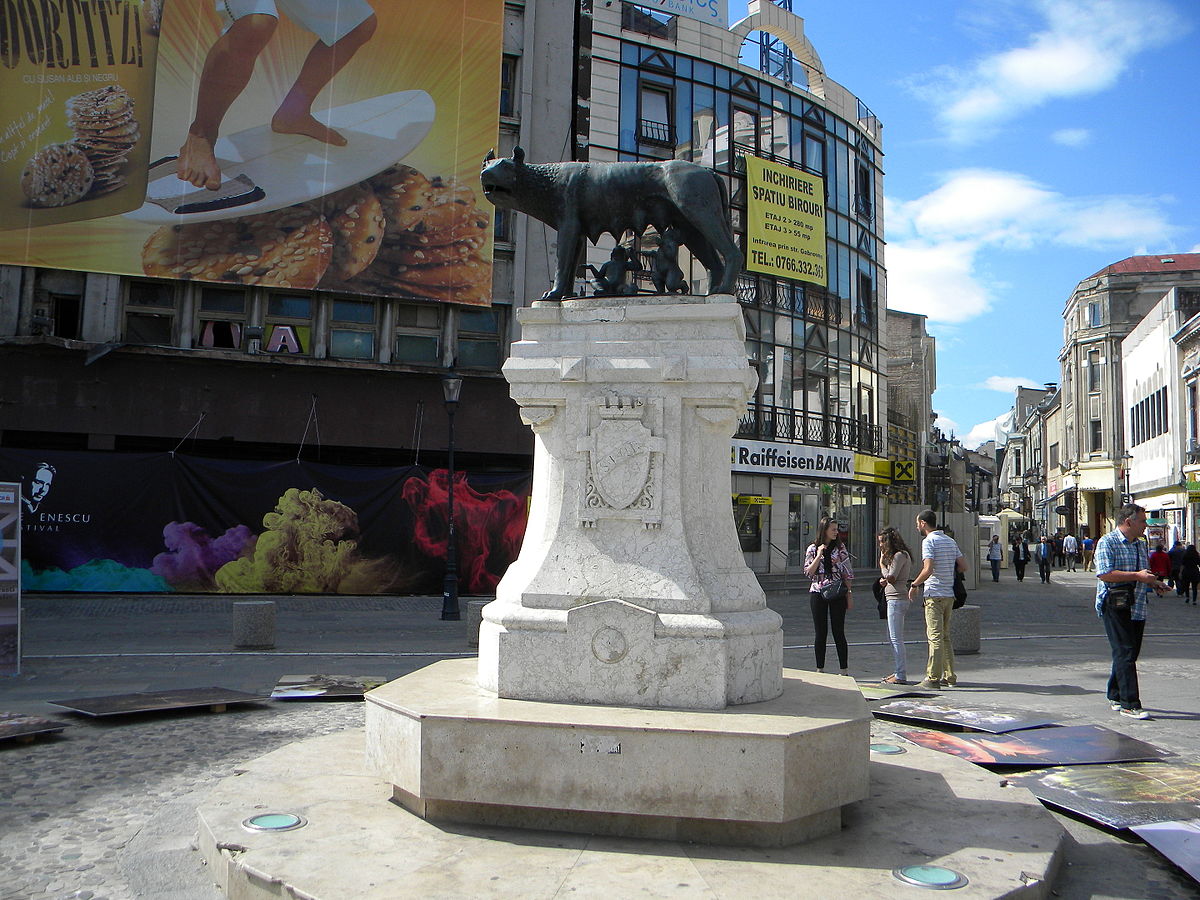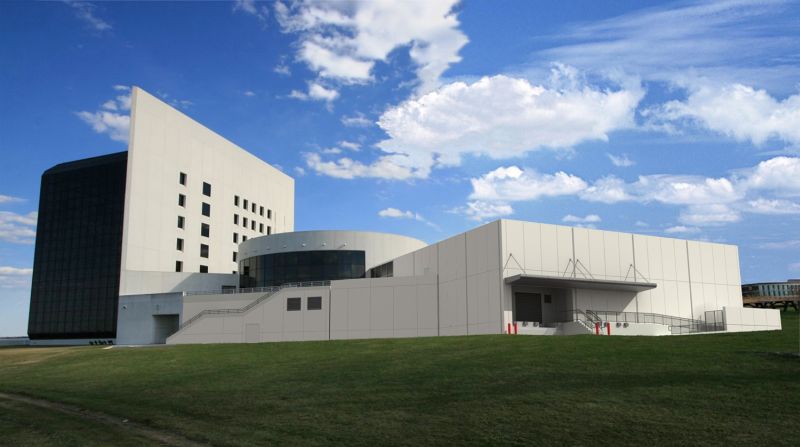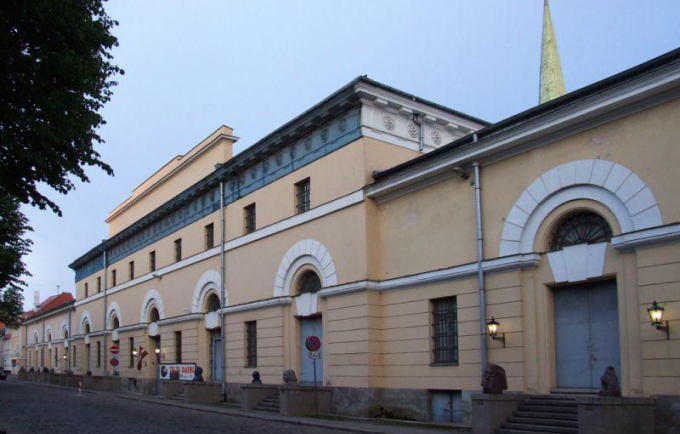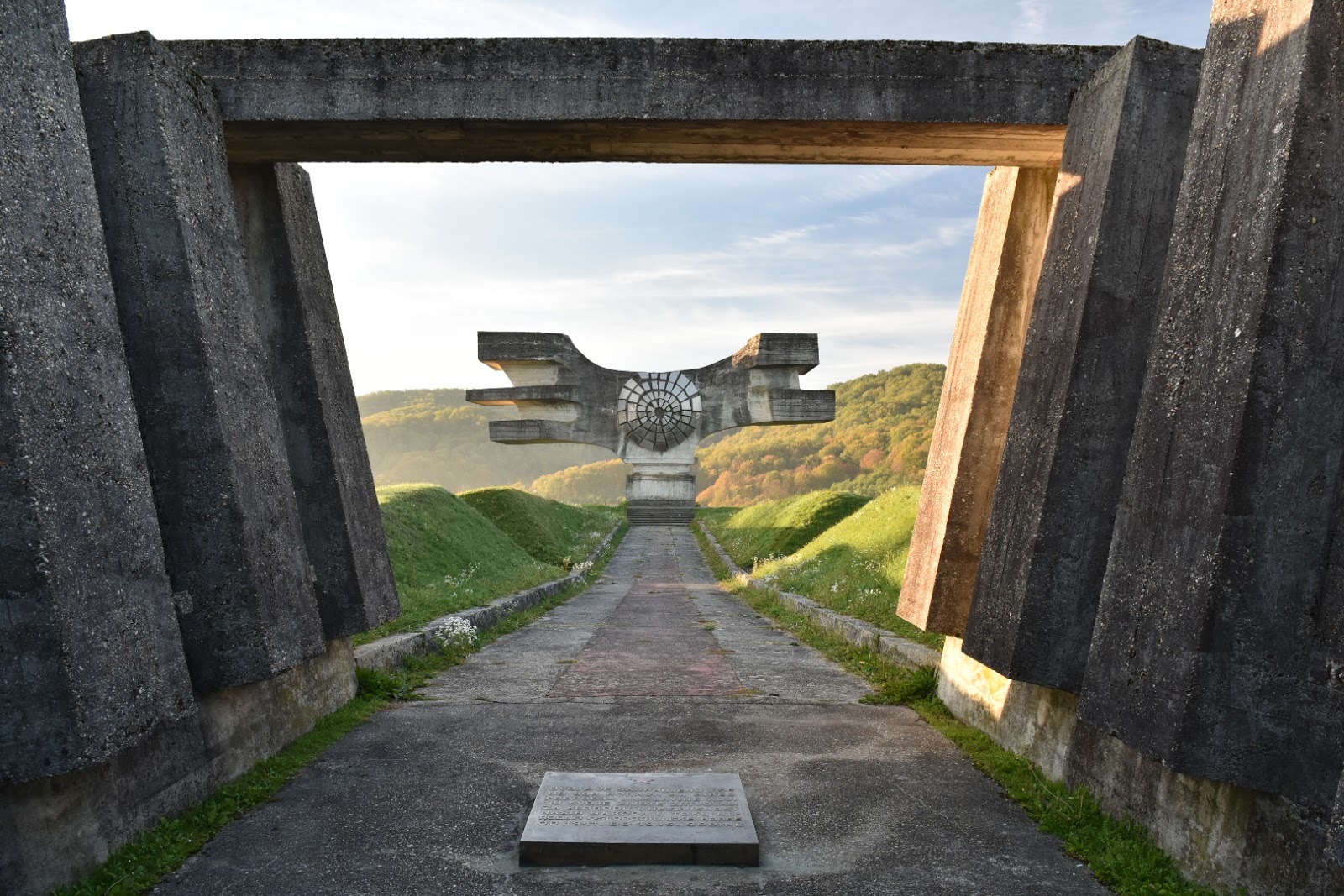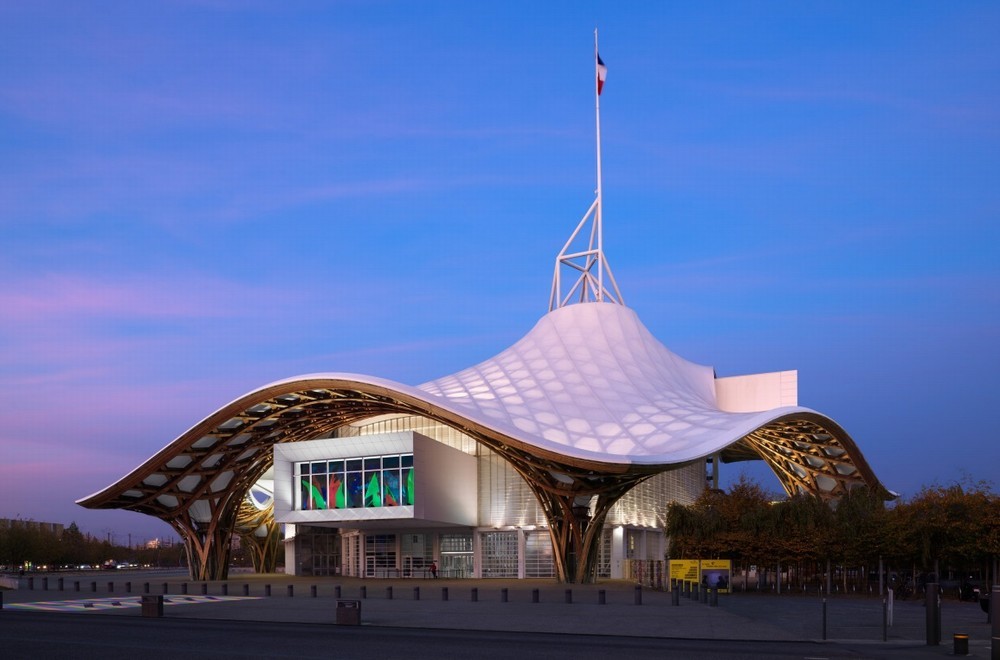The floor mosaic of the Cathedral has considerable dimensions, extending the entire length of the main nave, and being made up of about 600,000 polychrome tiles of local limestone composition. It depicts the Tree of Life and was commissioned by Bishop Jonathan back in 1163 and made by the monk Pantaleone of the Abbey of St. Nicholas of Casale in Otranto, who finished the masterpiece in 1165.
A first peculiarity of the mosaic is precisely the fact that it has its author’s name engraved on it, at the main entrance, a fact at least unusual for the time and probably due to the privilege of wanting to give credit to the artist as thanks for the splendid success of the work.
As mentioned, the meaning that most experts give to the depiction is that of the Tree of Life, but there are controversial theories and no conclusion has ever been reached that can satisfy all schools of thought, always causing a veil of mystery to remain around the work.
What is evident, however, is that around the tree, which stretches from the entrance to the chancel, a multitude of scenes from the Old Testament unfold, symbolizing the tortuous path taken by man to sort out his sins and achieve eternal salvation: the events of Adam and Eve, those of Cain, Abel, the conception of Hell and Paradise. There is no shortage, however, of mythological and historical references such as those to King Arthur and Alexander the Great. Also very striking is the depiction of the twelve months of the year to which a circular part is dedicated in addition to the representation of the related seasonal labors.
The richness and variety of the elements and symbols present is further evidence of how Otranto has always represented a meeting point between cultures, between peoples, between different artistic and cultural currents. The geographical position enjoyed by the city has facilitated the meeting and exchange between West and East, often exposing the place to attacks and invasions that have more than favored, imposed its own culture. After millennia of history what remains is a series of treasures, imprints, signs of the passage of different peoples, who have also and especially artistically enriched Otrantine treasures.
